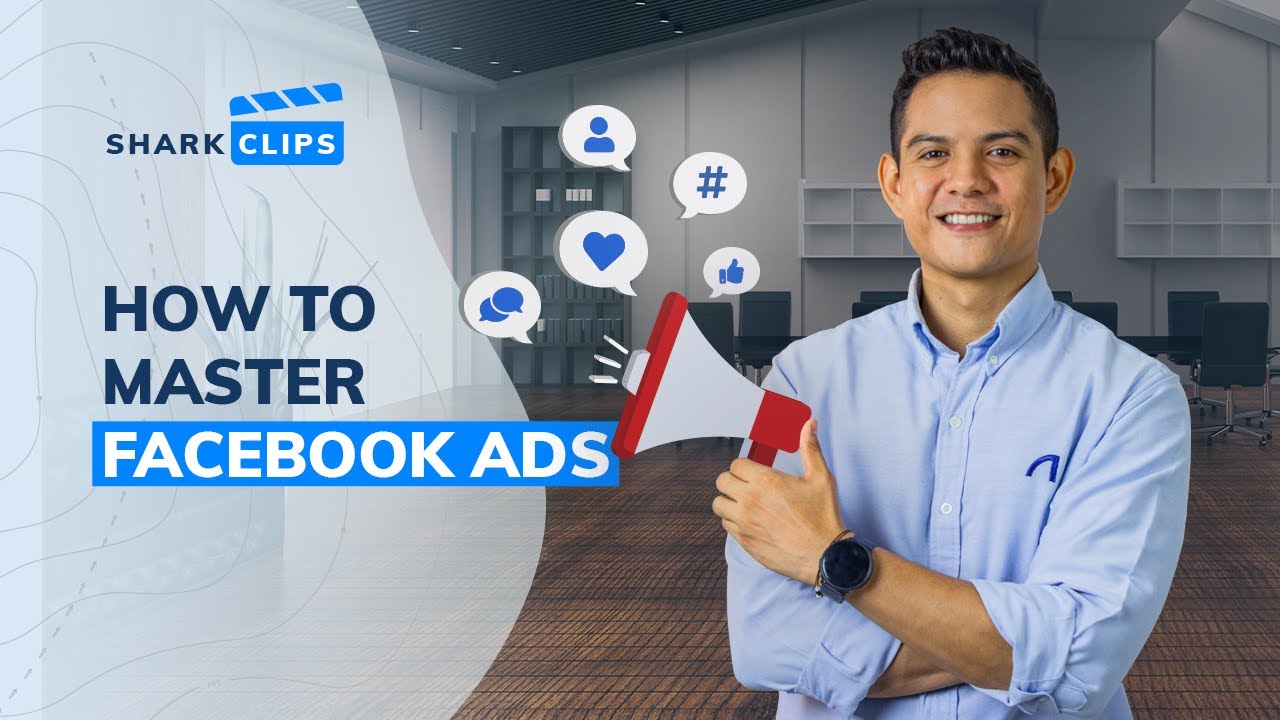[display-name-category]
[post_author]
It’s hard to imagine what advertising was like before the digital era. A time before you could be sure if your marketing efforts were producing results. A time before optimizations and audience targeting.
The good news is that you don’t have to imagine it. Your business has tons of paid and free tools available to boost your business growth and increase conversions.
Without further ado, we’d like to introduce you to one we know you’ll want to install today.
Introducing the Facebook Pixel
The idea is pretty simple–installing the Facebook pixel can connect ads to the right people and bring visitors back to your website. How is that possible? It’s because of a piece of code that measures the actions of the people who interact with your website.
How Does the Facebook Pixel Work?
We’ve all swiped up on Instagram to check out a product sponsored on our feed. I’ve gone so far as to add products to my cart in between errands and other responsibilities. When I come back to my phone, oddly enough, I get an ad for the product I had added to my cart.
Though many of us were confused by how this was happening, it’s advantageous. As explained by Facebook, their pixel “works by placing and triggering cookies to track users as they interact with your business both on and off of Facebook and Instagram.”
Unlike traditional forms of advertising, online paid advertising gives you the ability to track, optimize, and target your ideal audience. This piece of code helps you get the most out of your social media ad budget on Facebook and Instagram platforms.
Use the Tracking Pixel To:
Using the pixel allows you to monitor your Facebook Ad and create ideal audiences based on the data gathered. You can use the pixel to:
- Display ads to the correct audiences by reaching new potential customers interested in your products or services or reconnecting with people who have already engaged with your site.
- Build website custom audiences to retarget visitors.
- Increase sales by enabling automatic bidding. Your bids will focus on displaying ads to people who are more likely to make a purchase.
- Draw data and insights about who they are and how they are engaging with your ads.
- Review your return on ads. Most e-commerce sites will be able to share order information back with Facebook, allowing you to measure your returns.
- Follow users when they have triggered the pixel by an action on your website and track the type of conversions you’ve set as a goal. This metric can be sign-ups to your newsletter or purchases. You’ll review the actions that users take on the Facebook pixel page in Events Manager and reconnect with them through ads.
- Make educated adjustments. Depending on where activity falls off before conversions, your team may be able to identify where they are in the sales funnel and optimize accordingly.
Did you know that social networks bring in more than 30% of website visits? Every day, billions of active Facebook users spend an average of 50 minutes on the platform. Facebook Ads offers an opportunity that businesses can’t afford to miss. The tool allows advertisers to target people based on their interests, locations, age, gender, job titles, behaviors, and more.
Are you eager to learn more about Facebook Ads? In this video, we’ll go over how Facebook Business Manager works and how your business can take advantage of them to achieve your desired goals.
How to get started?
Once you have installed the Facebook pixel, you will need to:
- Create and name it
- Manually install it
- Copy the code to your site
- Enable pixel activity in the Event Manager
- Create events to tackle specific actions on the website
- Verify your domain
- Configure your events in the Aggregated Event Measurement
You’ll know it’s working if your pixel begins recording activity on your website. You can verify this in the Events Manager section.
Conclusion
Stay tuned for more blog posts to learn more about each of these digital marketing tools. Learn what they do, how you can use them, and how to set them up for success.






